How Social Media Platforms Have Changed the Way Art and Culture Are Shared and Experienced
In the age of social media, art and culture are no longer confined to physical spaces. Thanks to platforms such as Instagram, Twitter, and YouTube, art and culture can be shared, experienced, and accessed from virtually anywhere in the world. But, with this new digital paradigm comes a range of potential benefits and drawbacks. Here, we examine the implications of the rise of social media platforms on the way art and culture are created, shared, and experienced.
Benefits of Social Media and Art and Culture
One of the primary benefits of social media and art and culture is the democratization of access. Through platforms such as Instagram, Twitter, and YouTube, individuals all across the globe can access artwork, cultural experiences, and creative content from a variety of sources. This has opened up a world of opportunities for those who wouldn’t have otherwise had access to such content, allowing them to experience and appreciate art and culture in ways that were previously out of reach.
Furthermore, social media has also allowed for increased collaboration between creators, allowing artists from around the world to collaborate on projects and share their work with a global audience. This has opened up a new world of possibilities for creative expression and collaboration.
Drawbacks of Social Media and Art and Culture
On the other hand, the increased reliance on social media to access art and culture has also created certain drawbacks. For example, the lack of physical interaction with artwork and cultural experiences can lead to a lessened appreciation for such content. Additionally, social media platforms may also lead to oversaturation of content, making it more difficult for individual creators to stand out and be recognized.
Furthermore, the prevalence of social media has also negatively impacted the way artwork is valued. In the digital space, artwork is often devalued and undervalued, leading to decreased incentives for creators. This can have long-term implications on the creative economy and the way artwork is produced and consumed.
The Future of Social Media and Art and Culture
Ultimately, the long-term impact of social media on art and culture is still uncertain. While there are certainly potential benefits and drawbacks to the increased reliance on social media to access art and culture, it is clear that social media platforms have had a profound impact on the way art and culture are created, shared, and experienced by individuals and communities around the world.
As we move into the future, it is important to continue to consider the implications of the increased reliance on social media platforms and how it may shape the future of creativity and global culture.

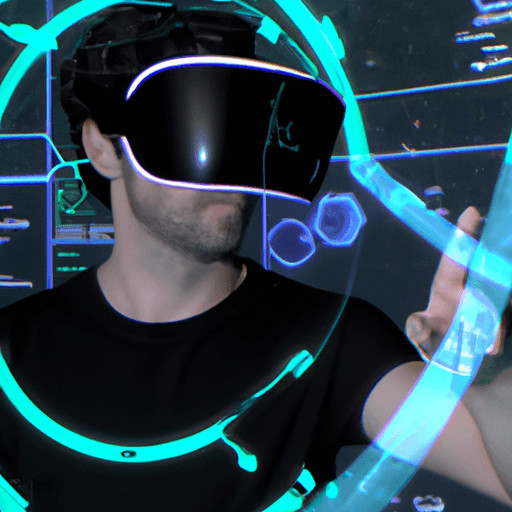


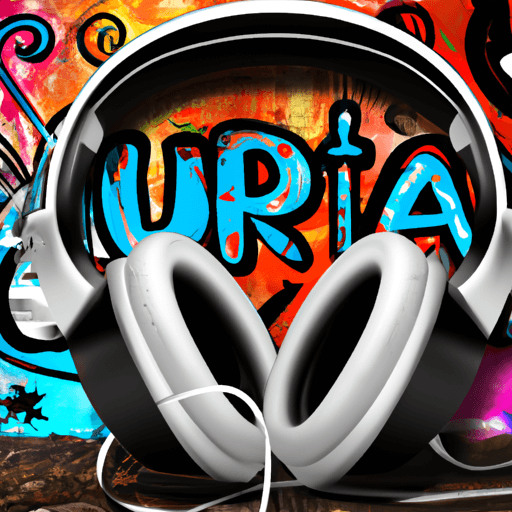
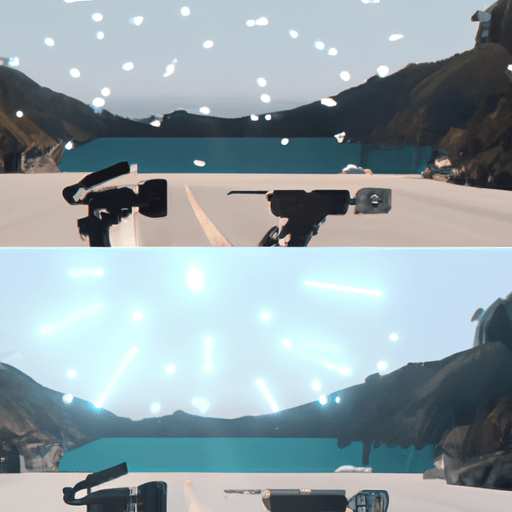

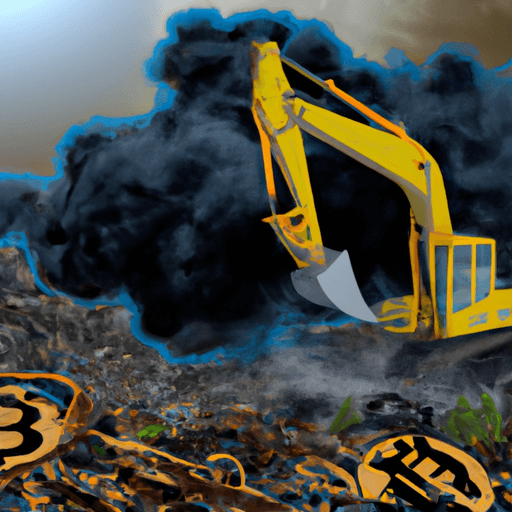
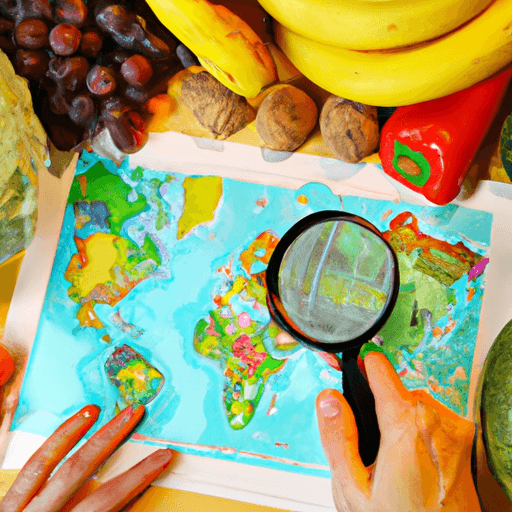



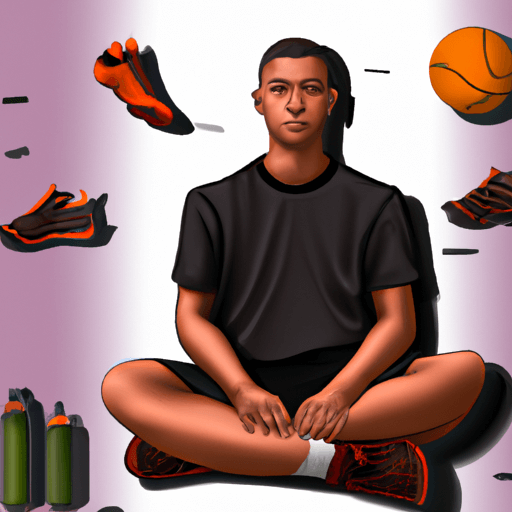




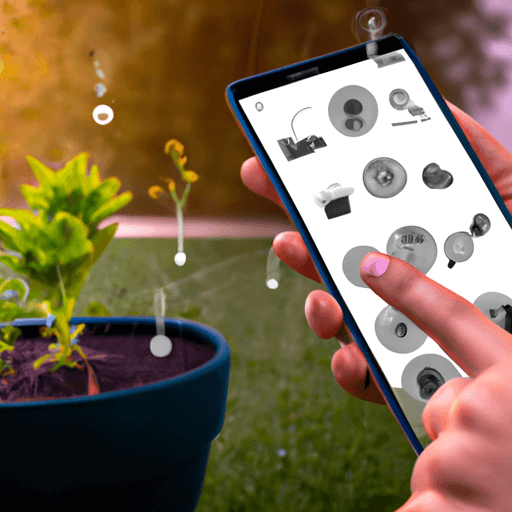
Comments
Leave a Comment